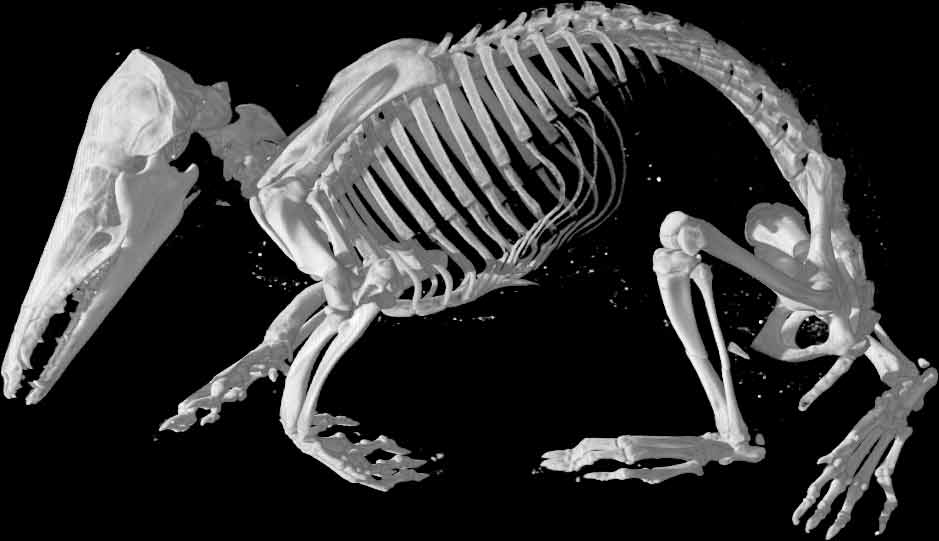“I wish to register a complaint…” the first six months of my PhD have passed by far too quickly. As the date of departure for my first major data collection trip looms, I’m navigating the exciting but unnerving transition from the planning to action stages of my project. Fortunately the members of NERD club were on hand to very kindly listen to my ramblings and provide excellent ideas to add to and modify my research.
Here’s the plan so far…
Evolutionary studies have long-been concerned with understanding patterns of variation in morphological diversity. Two aspects of morphological variation which attract particular interest are convergence – the independent evolution of similar morphologies in phylogenetically distant species – and disparity –the range or significance of morphology in a given sample of organisms.
Morphological variation among tenrecs is particularly interesting – they appear to be both disparate from each other and convergent with other species such as hedgehogs, shrews, moles and otters. However, previous studies have neither quantified the degree of convergence or disparity among tenrecs nor attempted to identify reasons for the occurrence of these patterns. My aim is to fill these significant gaps in our understanding of the evolution of such a fascinating mammalian group.
I work with morphometric data compiled from museum collections of tenrecs and the mammals which they convergently resemble (my data collection involves traveling to museums in London, Washington DC, New York and Boston – oh the trials of PhD life!) I use calipers to take linear measurements and also photograph the species’ skulls and limbs. I use geometric morphometric techniques (this article is a great introduction to the murky world of morphometrics) to statistically analyse the degree of morphological (dis)similarity among tenrecs and other species.
I will plot the morphometric data from my species in a “morphospace”, something similar to Brusatte et al.’s 2008 paper on dinosaur morphology. This graphical interpretation will be useful for measuring both convergence among tenrecs and other species and disparity within tenrecs.
In morphospace plots, morphologically similar species sit closer together than dissimilar species. However, from a convergent evolution perspective these patterns are only interesting if morphologically close species are also phylogenetically distant. I will combine and modify existing approaches (e.g. Stayton 2008 and Muschick et al., 2012) to quantify the amount of convergence among tenrecs and other species and also determine whether tenrecs have evolved a higher degree of convergence than expected by random chance. Similarly, if tenrecs are significantly disparate from each other I expect that the range and variance of their morphological variation will be both greater than random evolution models and also significantly different from their nearest sister taxa, the Golden Moles (e.g. Harmon et al., 2003).
Many texts claim that convergent phenotypes evolve in animals that fill similar ecological niches. However, morphological and ecological convergences don’t necessarily go hand in hand so, while this idea is certainly very plausible in tenrecs, it is important to test the assumption. Fortunately relevant data on physical habitat characteristics, species range maps, life history traits and overlaps with potential competitors and predators are readily available from a range of sources (e.g. PanTheria, LANDSAT and the IUCN) so I can model the ecological similarities among tenrecs and other species. It will be very interesting to determine whether morphological convergence and ecological similarities truly correlate.
So that’s my plan for at least the next six months or so. Interspersed with working in major museum collections while taking a break to tap dance in a parade down Constitution Avenue in Washington DC, I think there are interesting times ahead.
Author
Sive Finlay: sfinlay[at]tcd.ie
Photo credits
http://www.digimorph.org/specimens/Hemicentetes_semispinosus/body/


